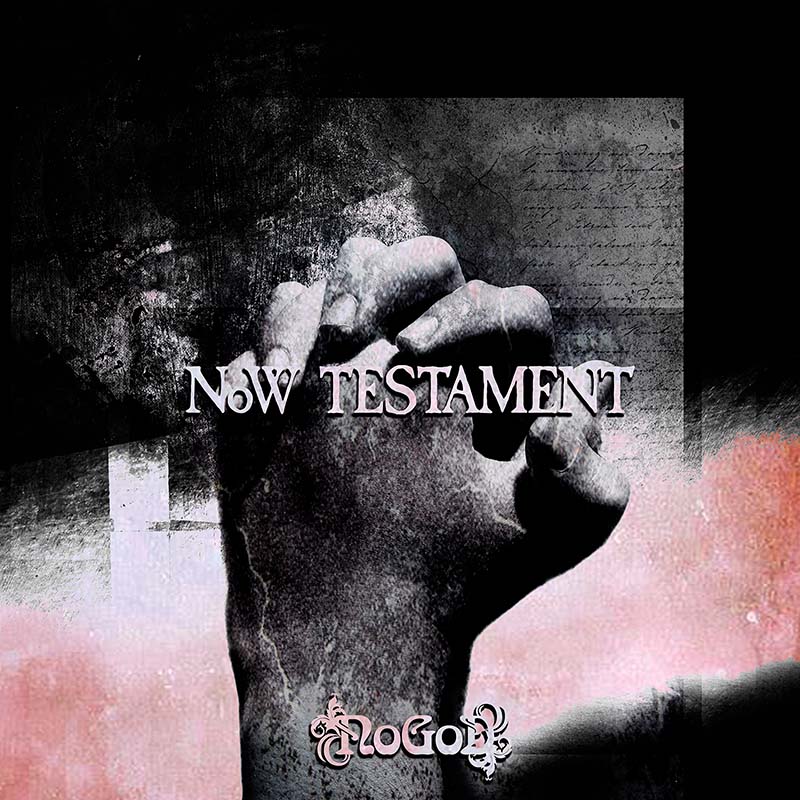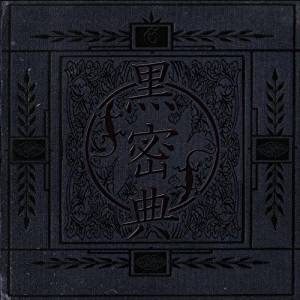Album of the Week 19-2023: lynch. – Reborn

What does a rebirth mean? If the new lynch. album ‘Reborn’ is anything to go by, it would be releasing the best album you have ever made nearly two decades into your career. The title may refer to the fact that the band basically split up for a few months and is now back, but the songs on ‘Reborn’ really find lynch. reaching heights I did not consider them capable of. While they were always one of the better nu-metally J-rock bands that popped up in the first few years of this century – most notably around the Nagoya area – the depth this album displays is a pleasant surprise.
One possible explanation for the variation on display here is the fact that all band members contributed to the songwriting. Generally, singer Hazuki dominates the songwriting, with a handful of songs by guitarist Yusuke – usually the excellent dark ballads – and maybe the occasional song by bassist Akinori. For ‘Reborn’, each member basically contributed two songs. This could be a recipe for a disjointed mess, but every lynch. member appears to be aware of both the strengths and the possibilities of the band’s sound. The result is slightly more atmospheric than usual, but that’s how lynch. sounds best anyway.
Most surprising are the contributions by drummer Asanao. None of the lynch. albums I own contains any songwriting credits for him, but both ‘The Forbidden Door’ and ‘Angel Dust’ are simply excellent songs. The former looks for all the extremes of the lynch. sound with its strong modern metal riffing, brooding pre-chorus and contrasting hypermelodic chorus, while the latter is a catchy melodic J-rocker interrupted by short bursts of crushing heaviness. Akinori’s ‘Nihil’ feels like a typical comoposition for a bassist, with his prominent vicious slapping being all over the song, but it also contains a dynamic contrast between clean, delayed lead guitar parts and heavier riffs.
It gets even better when lynch. goes in a more atmospheric direction. Sometimes that direction is still quite heavy, such as ‘Bleu’ and ‘Crime’, which both feature stomping start-stop riffing with a surprisingly laid-back vocal performance by Hazuki. ‘Pragma’ is an excellent example of the type of heavy ballads that lynch. does so well. Closer ‘Sink’ is a typical Yusuke composition full of subtle, reverberating guitar and keyboard layers which almost sounds like a collage of ballad ideas that connect up surprisingly well. Even the pleasantly melodic opener ‘Eclipse’ is actually remarkably subtle, despite its occassional bursts of aggression.
‘Reborn’ is hands down the best album that lynch. ever released. ‘XIII’ is very good, but this is just next level, because the band found what worked about their sound and enhanced a few elements without alienating anyone who liked lynch. before. They were always an above average band in their scene due to their strong songwriting and the fact that Hazuki is one of the better singers in the genre, but I did not expect them to be capable of anything this good. Anyone looking for a perfect marriage of modern metal and atmospheric alternative rock will find it here.
Recommended tracks: ‘Pragma’, ‘The Forbidden Door’, ‘Eclipse’, ‘Sink’








